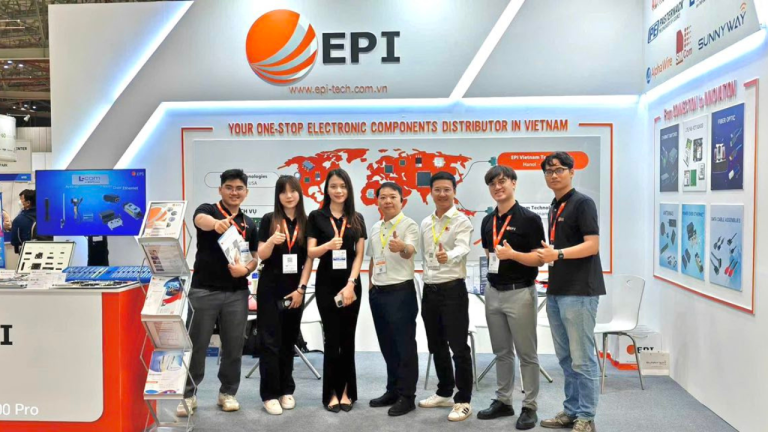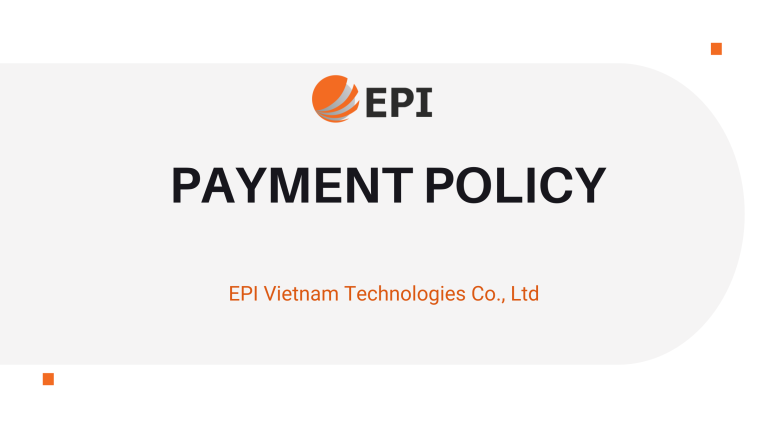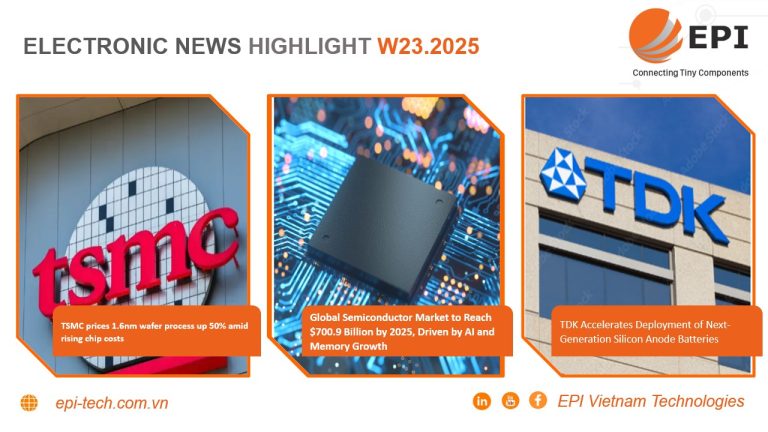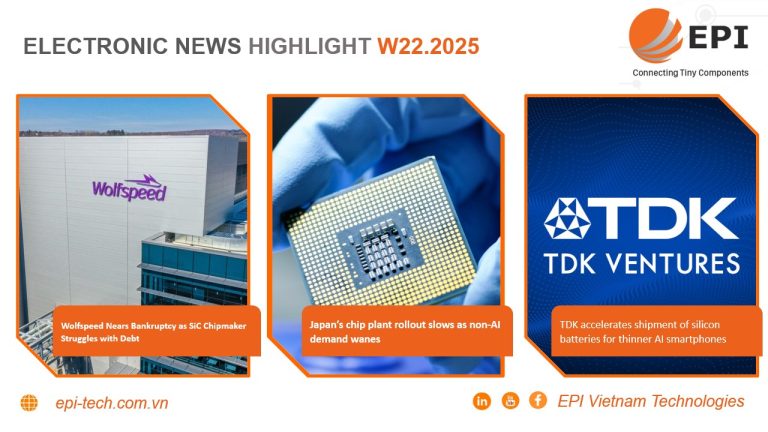ELECTRONIC NEWS HIGHLIGHT W39.2024

1. Russia will invest $2.54 billion in domestic chipmaking tools by 2030
Russia will invest more than 240 billion rubles ($2.54 billion) in a plan to replace foreign semiconductor manufacturing equipment by 2030. The initiative will launch 110 R&D projects to reduce dependence on foreign semiconductor production equipment. imported tools and enables chip production using 28nm process technology.
Currently, Russian chipmakers such as Angstrem and Mikron are using older technologies such as 65nm and 90nm. Only 12% of equipment used in Russian chipmaking is made locally, and sanctions have increased key equipment costs by 40% to 50%. In response, the government-controlled Ministry of Industry and Trade Minpromtorg and MIET aim to develop domestic alternatives for about 70% of the tools and materials needed for microelectronics.
The plan covers all aspects of chip manufacturing, including equipment, materials and EDA electronic design automation tools. The plan aims to create technologies from 180nm to 28nm, with applications in microelectronics, microwave electronics, photonics and power electronics.
By 2030, Russia aims to produce its own photolithography systems for the 65nm and 90nm processes, improving chip manufacturing capacity, although still 25 to 28 years behind global standards.
Learn more: Russia will invest $2.54 billion in domestic chipmaking tools by 2030
2. South Korea’s chip inventory decreased by 42.6% in August, 2024
In August, South Korea’s semiconductor inventories saw their sharpest decline since 2009, down 42.6% year-on-year, due to demand for high-performance memory chips used in development. AI artificial intelligence is increasing. According to data from Statistics Korea, this is a steeper decline than the 34.3% decline reported in July.
Chip output and volume increased 10.3% and 16.1%, respectively, indicating a semiconductor industry boom that lasted for much of the third quarter. This data shows continued growth in this sector, which is very important for South Korea’s trade-dependent economy, where memory chips are a major contributor.
Samsung Electronics and SK Hynix are two of the country’s best performing companies, playing a central role in this trend. South Korea is set to release export data for September, including semiconductor shipments, which could provide further insight into the market situation.
Learn more: South Korea’s chip inventory decreased by 42.6% in August.2024
3. Thailand invests $350 million in first SiC factory, expected to launch in 2027
Thailand is set to establish its first silicon carbide SiC chip factory, supported by a joint venture between Hana Microelectronics and PTT Group. The joint venture FT1 Corporation will invest about 11.5 billion baht (350 million USD) in the project, using technology transferred from a Korean chipmaker to produce 6-inch and 8-inch wafers.
The plant is expected to begin operations in the first quarter of 2027, aiming to meet growing demand in the automotive, energy storage and data center sectors.
On September 20.2024, Narit Therdsteerasukdi Secretary General of the Thai Board of Investment BOI, led a delegation to inspect the wafer manufacturing project in Lamphun province. He highlighted Thailand’s geopolitical neutrality, competitive cost structure and future expansion potential as key advantages.
The new SiC factory is expected to play a key role in Thailand’s ambition to become an electric vehicle manufacturing hub. Silicon carbide technology is important for electric vehicles, delivering higher performance in power electronics, reduced energy loss, and the ability to operate at high temperatures and voltages. This helps extend driving range, shorten charging times and reduce battery size.
Learn more: Thailand invests $350 million in first SiC factory, expected to laucnh in 2027



 English
English  Tiếng Việt
Tiếng Việt 













